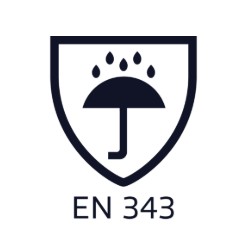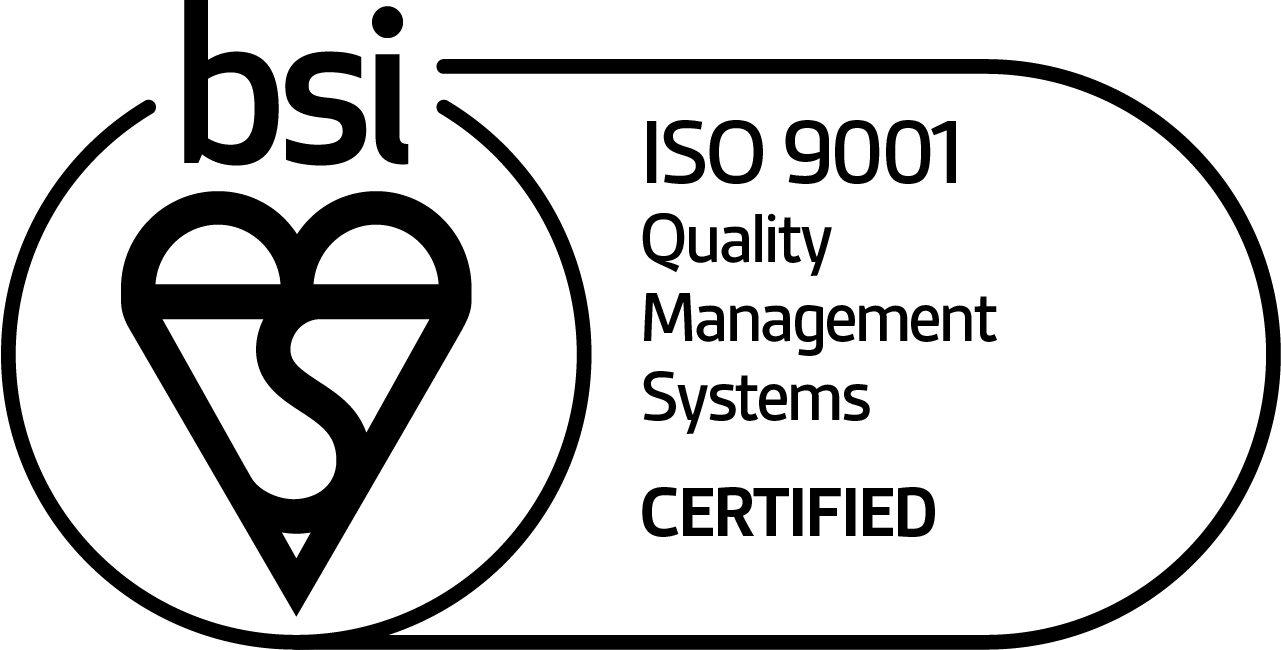| Outdoor Workwear: What Do I Need to Know?11 March 2020 Although the cold and wet might not seem quite as threatening as fire, electrical arcs or dangerous chemicals, that doesn't mean that it's not important to sufficiently protect yourself. Outdoor work wear shields the wearer from the cold and wet, even when the work in actually indoors!
Overexposure to cold and rain can lead to various health problems, such as frostbite and hypothermia. Fortunately, there are several international safety standards that indicate the extent to which an item of clothing offers protection from adverse weather and climates. Who Needs Protective Outwear?Anyone who works outside through the winter can benefit from outdoor PPE. However, some indoor jobs also expose workers to extreme temperatures. Following is a list of some professions which might require outwear PPE:
Outdoor Work Wear StandardsThis blog will focus on two safety standards in particular. These are the EN 343 standard illustrating that a garment protects against rain, snow and precipitation, and the EN 342 standard which shields the wearer from low temperatures. EN 343: Precipitation ProtectionThis standard certifies whether an item of clothing protects against rain, snow, fog or ground humidity. The standard is tested for several things:
The symbol to indicate that a garment is EN 343 certified is an umbrella:
Each item of clothing will be awarded two class numbers under EN 343. The first one indicates the level of protection against rain and precipitation, the second class number measures breathability under those conditions. Hydrostatic Pressure TestThe first class number, or the waterproofing rating, is measured by applying a quantity of pressurised water to the garment. Then the pounds per square inch of pressure required for water to penetrate the fabric is noted. The classification of the garment under EN 343 depends on water resistance, but the recommended work time depends on the resistivity. Water resistance is classified as following:
Skin Model TestThe breathability of a garment is tested using a model which replicates human skin and measures water vapour resistance, expressed as RET, (Resistance of Evaporation of a Textile.) The lower the resistance the higher the breathability, and the longer the maximum recommended wear time:
EN 342: Cold Weather ProtectionThe EN 342 standard specifies the protective qualities of clothing designed for cold environments. These can be anywhere between a chill temperature (-5°C), to cold, (-25°C) to deep freeze, (-40°C). The symbol indicating a garment is conforms with EN 342 is a snow flake:
How Is the Standard Classified?An EN 342 rating will be split into 3 separate values, for example: EN 342 (0.345M². K/W (B), 2, X) What do these all mean? Let's examine below: Thermal Resistance Properties with MotionThermal resistance measures to what extent a material resists conducting heat across it. The higher the number, the better the insulation the material offers. Many cold store jobs require protective clothing to above 0.4M². K/W. The (B) indicates the garment has been tested with thermal underwear. Air PermeabilityA high air permeability rating allows for the proper dry evaporative heat loss required to keep you warm and comfortable. Air permeability is rated on a scale between 1 and 3, 1 being the lowest rate of breathability and 3 being the highest. Water Penetration PropertiesResistance to water penetration is an optional addition to EN 342 garments, but it can be useful in cold and wet conditions. This is also rated on a scale between 1 and 3, however if a garment has not been tested for this property it will be rated as an 'X.' EN 511: Cold Resistant GlovesThe standards I have mentioned so far have contained no specific requirements for head, hand or foot protection. However, sufficient protection must be worn along with a thermal base layer for these standards to apply. If you would like to know more about cold weather certifications for gloves, please read our blog on EN 511 Explained. Case Study 1: Portwest CS12 Cold Store Navy Coveralls
Case Study 2: Portwest S774 Yellow Bizflame Rain PPE High-Vis Lightweight Jacket
Ensure You're Warm and Dry at WorkWe hope that this blog has given you a better understanding of outwear safety standards. If you're looking for work gear to protect you from the cold and wet then try our Cold-Resistant Workwear category or our Waterproof Workwear category. If you have any questions on our Outdoor Workwear, or anything to add, then we would love to hear from you. Please leave a comment below! |











